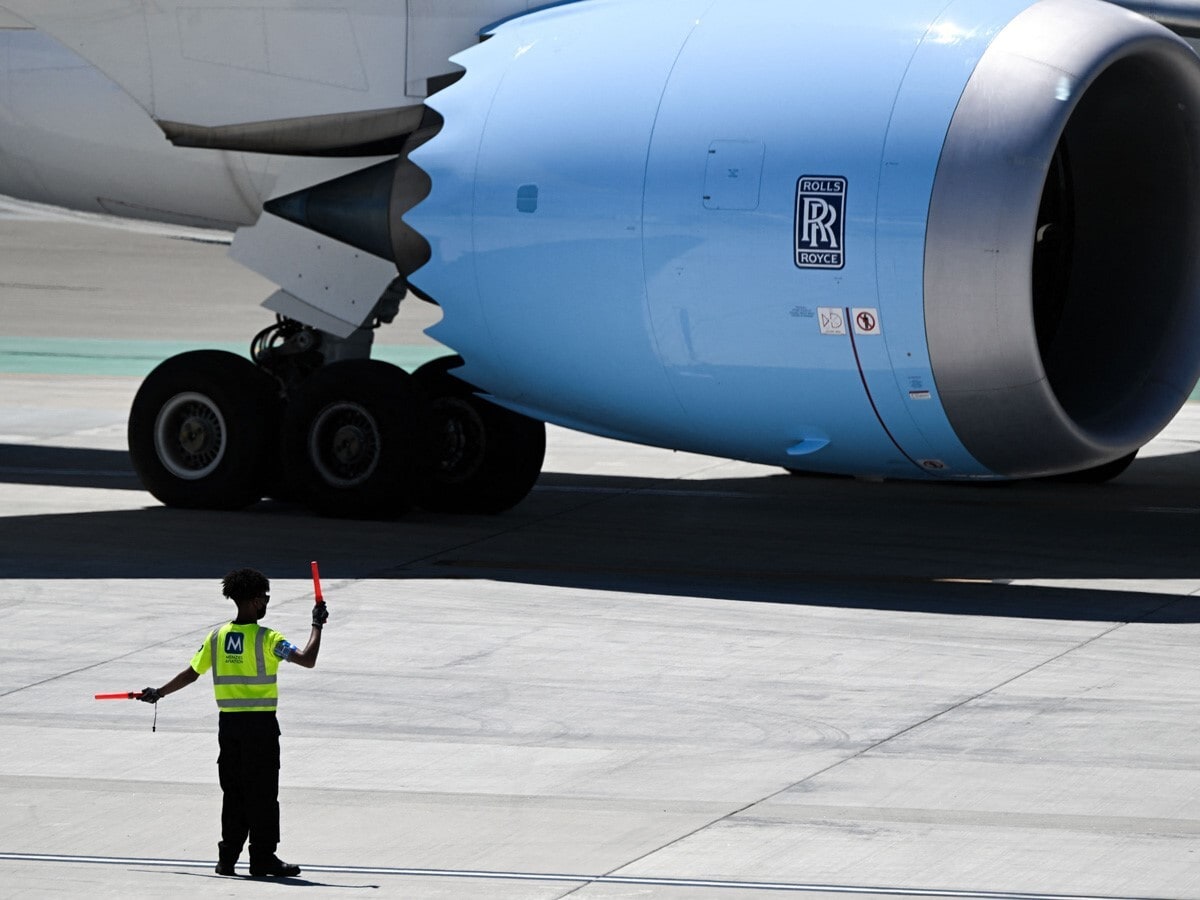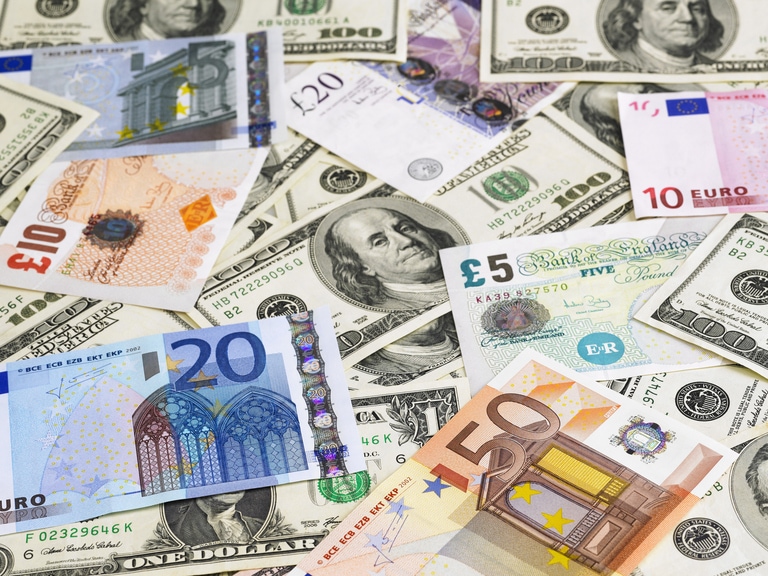The Rolls-Royce share price has seen some solid gains since the 19-year lows of 65p back in September last year, rallying strongly on a combination of optimism over a recovery in civilian air travel, as well as looking to increase the diversity of its revenue streams.
When new CEO Tufan Erginbilgic took over earlier this year he didn’t hold back in the challenges facing the current business. Likening the company to a “burning platform” his words pulled the shares off their recent highs, which were their highest levels since February last year.
As a method of introducing himself to the shareholders and markets, it is certainly a novel approach but it comes with risks if he wants to get the current workforce on his side. He also needs to instil confidence that he has the know-how to continue the recovery process; after all, if he can’t paint a positive outlook for the business, why should shareholders? The announcement of a strategic review of all the businesses should indicate how he intends to steer the company.
Today’s full-year update has seen the company make a welcome return to profit after the £1.5bn losses of last year, with a profit before tax of £206m, sending the shares soaring in early trading.
Rolls-Royce daily chart

Underlying revenue rose to £12.69bn, helped by a stronger-than-expected performance in its civil aerospace division, where revenue rose by 25%, coming in at £5.69bn. Large engine flying hours were at 65% of 2019 levels, with the company expecting this to return to 80-90% of 2019 level in 2023, as China continues to reopen, while new engine orders were received from Malaysia, Aviation, Qantas, Norse Atlantic Airways, and Air India.
Power systems also made a solid increase, rising 23% to £3.35bn, while defence saw revenue rise 2% to £3.66bn. Free cashflow returned to positive territory of £505m. In New Markets, specifically the new Electric and Small Modular Reactors, this continues to run at a loss, as the company continues to await its first order from the UK government, or elsewhere.
As far as 2023 is concerned, the company has laid out that it expects to see profits increase to between £800m and £1bn, which was above expectations, while free cashflow is expected to improve to between £600m and £800m. The ITP Aero proceeds have been used to pay down a £2bn floating rate loan, bringing down its debt levels to £3.3bn.
The decision was taken not to pay a dividend for 2022, which shouldn’t have been a surprise, however if the company is able to meet its targets for 2023, who is to say that the dividend won’t return at the end of that year.






